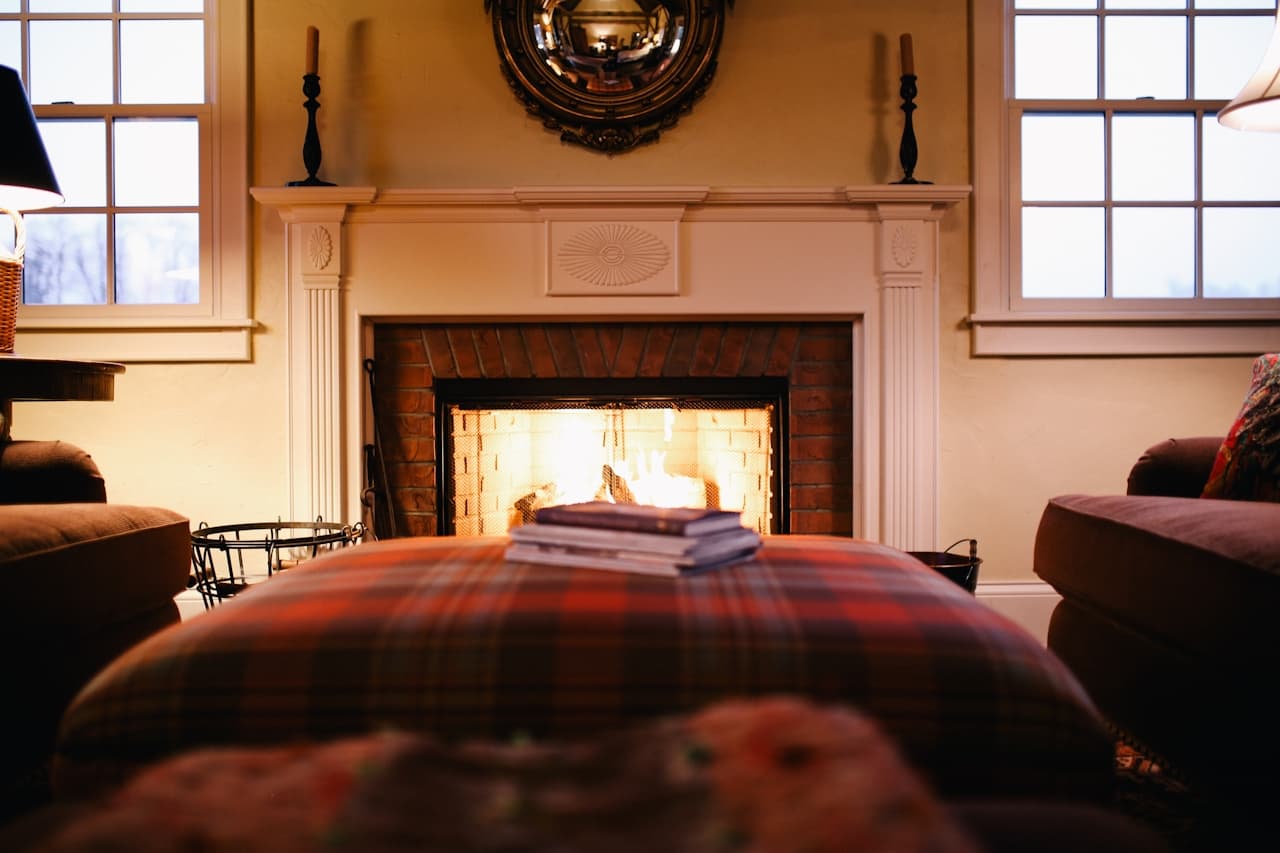The luxury homeware industry encompasses a wide variety of gorgeous products ranging from B2B to B2C. But if home is where the heart is … what happens when home also becomes where the workplace is? With more and more people working from home, the demand for luxury “home goods” is spiking.
In efforts to support remote working, post pandemic, home-office upgrades are continuing to lead the way: desks, chairs, storage units, and professional artwork are in the top search results of consumers. This comes with an increased desire for office products to fill multi-purpose spaces, such as the guest bedroom, the hallway, and even the cupboard under the stairs.
Other emerging trends appear to include vibrant and patterned wallpaper, indoor plants, smart lighting, and grand-millennial chic. But how can you make sure your luxury homeware brand stands out amongst competition during this period of increased desire for homeware goods?
Here, we’re discussing the ecommerce trends we’ve been noticing, that can help increase sales of your luxury homeware brand.
Multi-channel and payments
We are seeing ecommerce brands selling on a multitude of channels. Sell everywhere so your customers buy everywhere is what we say. For big-ticket homeware purchases such as ergonomic chairs, or even a chic dresser, offer your customers flexible payment plans with integrations like Partial.ly or Zip Co. Or even connect a third-party provider through the Shopify Sales Channel SDK.
Add a personal touch
Brands are delivering the highly personalised purchase process that modern customers crave. Join the trend and think of your customers in every digital experience you provide. Offer gift wrapping, bundled collections, automated discounts, or birthday discounts and more to show your customers that you think of them and their user experience all year round.
Immersive shopping
Brands are engaging their customers’ senses with layered shopping experiences that go beyond digital stores and truly bring ecommerce brands to life. Power pop-up shops, secret sales, AI models, secret brick-and-mortar locations, and product drops with retail hardware solutions are flooding the world of ecommerce. Not to mention immersive experiences help to sync products, inventory, and customer data across all your locations for a global view of your ecommerce business.
Single platform optimisation
The more systems your business relies on, the less efficient your processes can get, and the messier your business can get! Streamlining your supply-chain and fulfilment operations into one platform can lead to happy customers. We have noticed a lot of luxury homeware brands using robust API’s to integrate orders, inventory, shipping, and resource planning.
Tap into innovation
The impact of working from home has led to consumers looking for all-in-one appliances, such as cookware to make their simple tasks about the home even simpler. Brands are showing off the super-techy new features of all their smart appliances to attract even the lesser tech-savy consumers.
Paid social
Consumers want to “feel” the product before they can actually “feel” the product. This means social media is more important than ever to leave a real imprint on your consumer. How can you get right in front of your audience at the right time? Pay for it. Deliver your ecommerce brand lucrative returns on investment in a highly measurable and controlled way, with engaging and interactive social media campaigns they will remember.
Meet the metaverse
Perhaps the most-promising bridge between the right and wrong customer engagement is the bridge between the real and digital worlds. Shopify has developed its own native metaverse solution along with other tech platforms. Not surprisingly, many of the early adopters have been from the luxury homeware industry; taking advantage of mobile consumers and their phones to “augment” still images and allow consumers to see products in their own homes.
Search navigation
Homeware shoppers search with intent. They know what type of chair, what colour wallpaper, what style lighting they want and what room they’re trying to fill. In retail especially, consumers have been conditioned to scroll through pages and pages of content, but newbies don’t always know where to start. By simplifying your websites search navigation, for example putting the search bar front and center and offering suggested terms, you will make your shoppers’ experience easier to navigate.

I look after Unified's overarching marketing strategy and keep our marketing engine running with fresh content, speaking opportunities, award submissions and great partnerships.




